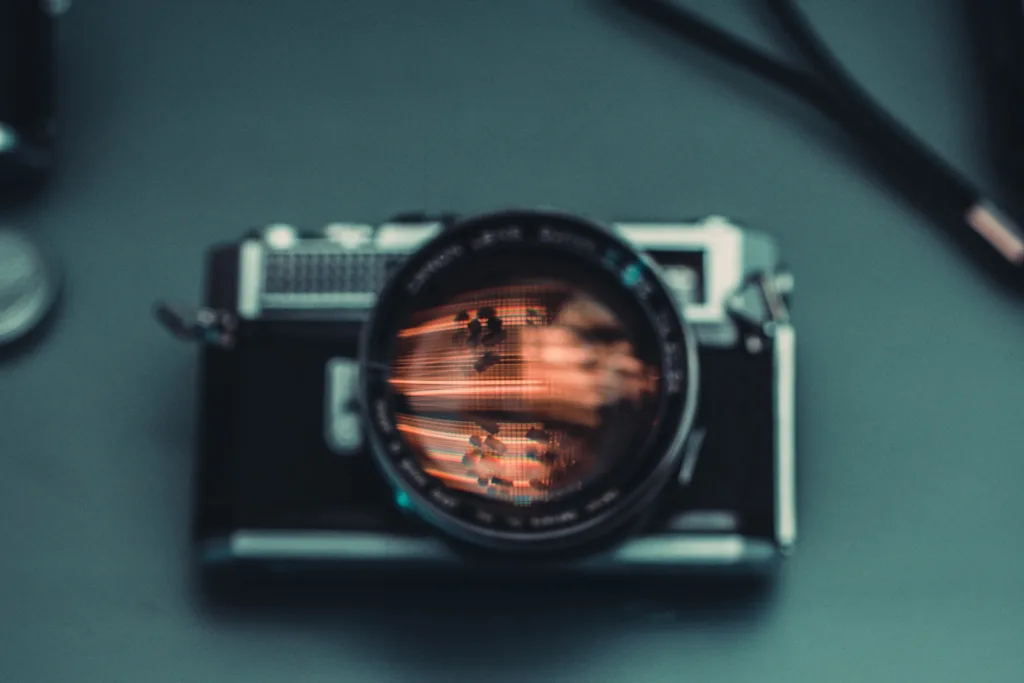Architecture is not merely a structure; it embodies the culture, history, and artistry of civilizations. As an enthusiast or professional photographer, capturing architecture goes beyond a simple snapshot—it’s about encapsulating the essence, grandeur, and intricate details of a building through the lens. This guide provides invaluable insights and techniques to master the art of architectural photography.
Table of Contents
Introduction to Architectural Photography



Architectural photography is an art form that involves capturing buildings, structures, and spaces in visually compelling ways. It goes beyond mere documentation, aiming to showcase the aesthetics, design, and essence of architectural marvels. Whether it’s ancient landmarks, modern skyscrapers, or intricate interiors, the goal is to create stunning visual narratives through photography.
Essential Equipment for Architectural Photography
Investing in the right equipment is fundamental for capturing stunning architectural shots. A high-quality camera with interchangeable lenses allows for versatility and precision in capturing architectural details. Wide-angle lenses, tilt-shift lenses, and telephoto lenses offer different perspectives and focal lengths, crucial for diverse architectural subjects. Additionally, tripods provide stability for long exposures, ensuring sharpness and clarity in images. Filters such as polarizers and neutral density filters help manage light and enhance colors.





Understanding Lighting Techniques
Mastering lighting is pivotal in architectural photography. Natural light plays a significant role, creating varying moods and emphasizing textures. Golden hours, dawn, and dusk often provide soft, warm lighting ideal for capturing the beauty of architecture. However, artificial lighting techniques, like light painting or using external flashes, can add drama and highlight specific architectural elements.



Composition and Framing Techniques
Composition is key to impactful architectural photography. Following the rule of thirds, symmetry, and leading lines aids in creating balanced and visually appealing compositions. Experimenting with different angles and perspectives, such as bird’s eye view or low angles, can offer unique insights into architectural structures.



Location Scouting and Preparation
Successful architectural photography involves thorough preparation and scouting of locations. Researching architectural marvels, understanding their significance, and planning visits during optimal lighting conditions are essential. Weather conditions and the time of day greatly influence the atmosphere and mood of the photographs.
Post-Processing and Editing
Post-processing is a vital step in refining architectural photographs. Utilizing software like Adobe Lightroom or Photoshop enables photographers to enhance images while maintaining their authenticity. Adjusting exposure, contrast, and color balance can bring out the true essence of architectural beauty captured in the photographs.
Showcasing Architectural Photography
Once the photographs are ready, it’s crucial to showcase them effectively. Online portfolios, social media platforms, and photography websites serve as excellent platforms to exhibit architectural work. Additionally, print exhibitions, architectural publications, and collaborations with architectural firms provide exposure and recognition for photographers.
Conclusion
Capturing breathtaking architectural photography involves a combination of technical expertise, artistic vision, and attention to detail. By understanding the nuances of lighting, composition, and post-processing, photographers can immortalize the beauty of architectural wonders through their lenses.
Unique FAQs
- What makes architectural photography unique compared to other genres?
- Architectural photography focuses on capturing the design, scale, and aesthetic of buildings and structures, highlighting their architectural details and uniqueness.
- How important is post-processing in architectural photography?
- Post-processing allows photographers to enhance and refine images, bringing out the true essence of architectural beauty while maintaining authenticity.
- Are there specific legal considerations when photographing buildings?
- Some architectural structures are protected by copyright laws, and capturing them for commercial purposes may require permission from the architect or building owner.
- Can smartphones be used for architectural photography?
- While smartphones have advanced camera capabilities, dedicated cameras with interchangeable lenses offer more versatility and control for capturing architectural details effectively.
- What role does perspective play in architectural photography?
- Perspective choices greatly influence the visual impact of architectural photographs, allowing photographers to highlight unique angles and details of structures.
